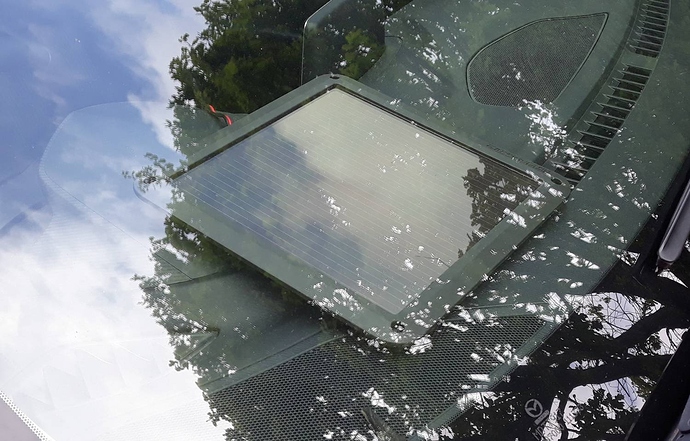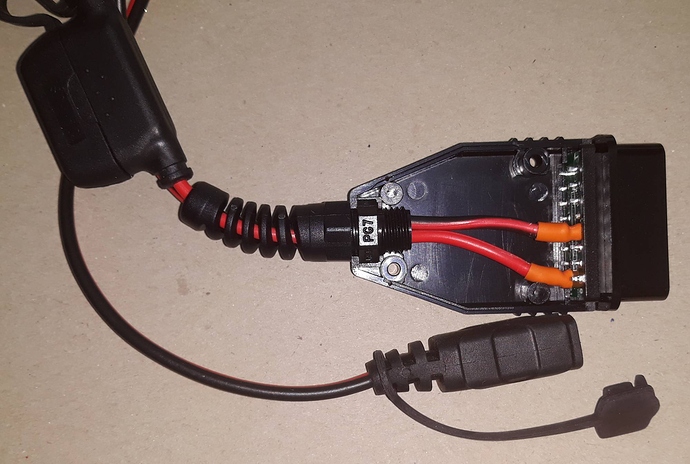In general here in UK the amount of current from a solar cell is about a quarter of the claimed midday rating, mainly because we are so far North and the sun is low in the sky.
Then take into account short winter days with only a few hours of direct sunshine from the correct direction. I posted about this in 2019 although the pictures seem to have gone missing, but the useful link to solar panel theory in the Wiki still seems OK.
Then also consider how efficiencies vary wildly between different technologies in solar cells.
As a very rough rule of thumb here in winter on a dry sunny day with the panel facing due South and at the optimum angle from the vertical (not horizontal now) you can expect about a twentieth of the claimed daily Ampere-hours.
I did some experiments during the first lockdown and found an another loss, putting the panels inside the Mazda3 windscreen cuts the power in half again even when its sparkling clean. This was a NOCO BLSolar2, effectively useless.
In theory the stack of diodes in the panel should block any discharge current from the battery at night, but I found this was not the case on one of the two and I added a series blocking diode as well.
The OBDII socket provides a useful tap directly back to the battery, permanently live with only a 10A fuse in the way. That was the route I used.
My conclusion was either find a very big one (as big as the whole windscreen) with the blocking diode or don’t bother. It is cheaper to invest in a Smart charger for a monthly boost, and cheaper still to lift the negative terminal from the battery…

